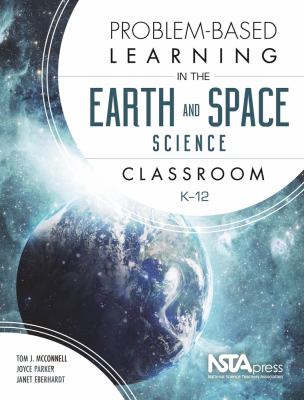
print
|
Problem-based learning in the earth and space science classroom, K-12
Copies
1 Total copies, 1 Copies are in,
0 Copies are out.
- Share It:
Subjects
Language
English
MLA
APA
Chicago
0
/
0






